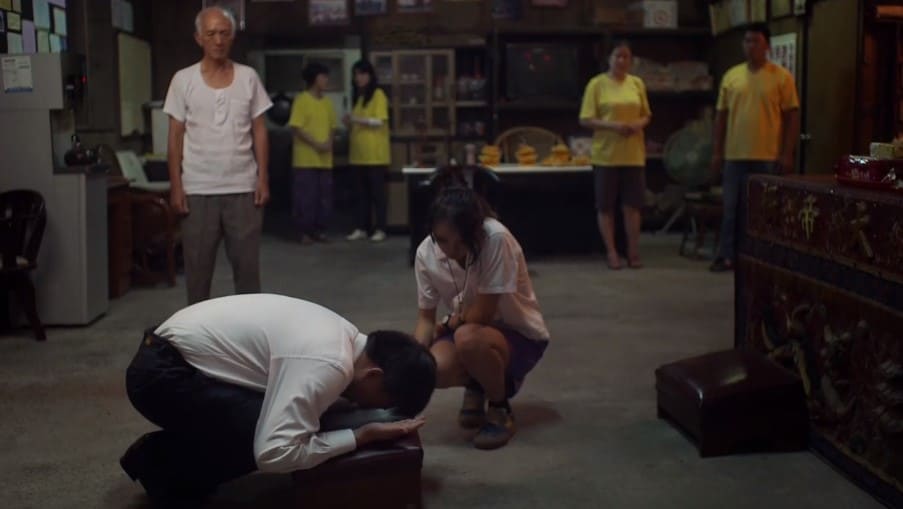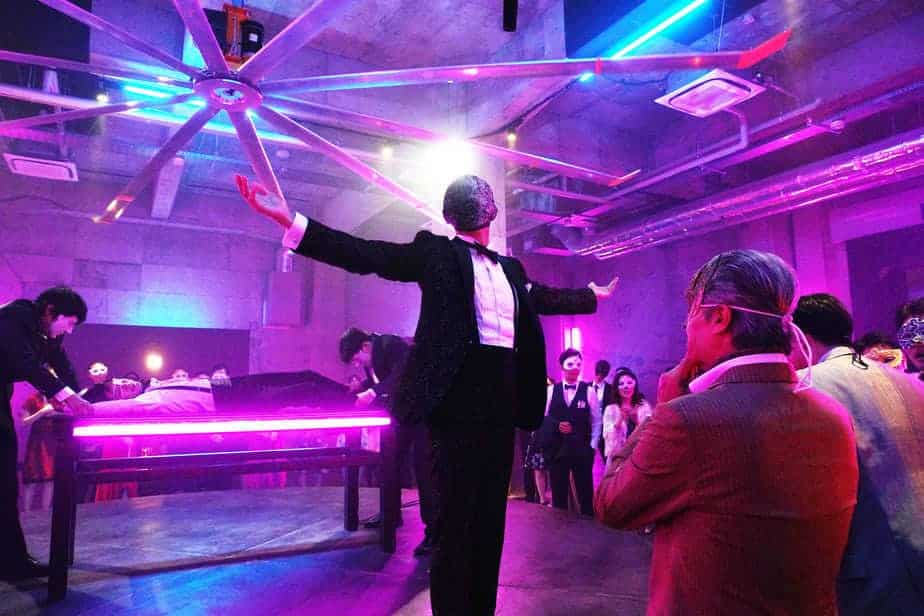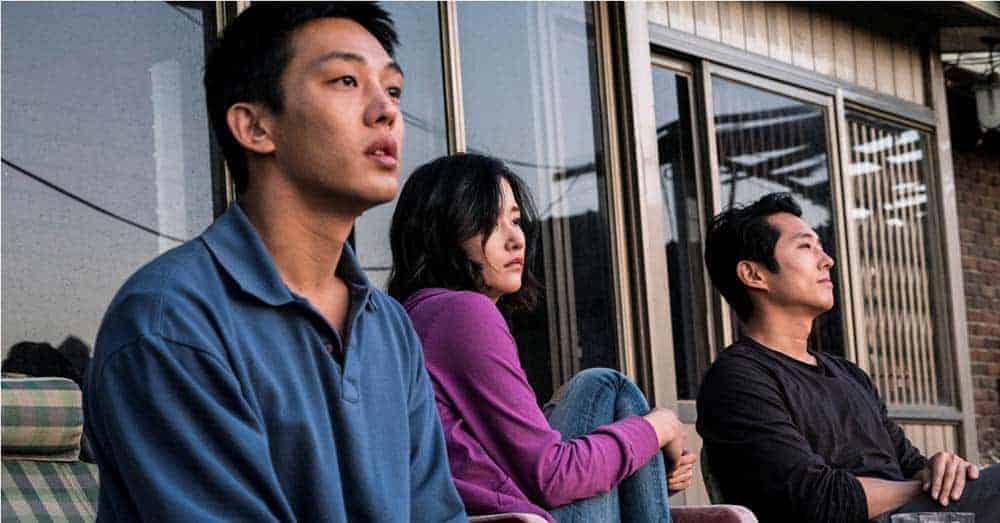“I am cursed.”
When you think of the term “arthouse horror” you might think of titles such as David Lynch's “Eraserhead” or similar titles. Even though many new films use the term “arthouse” in order to describe themselves, to set themselves apart from mainstream horror, most of the time they still employ methods and techniques not necessarily associated with independent or arthouse productions. However, the term itself may be a bit confusing here, since it is often used to define something which cannot be categorized or is likely to provoke an extreme reaction.
Nevertheless, an extreme reaction is at times unavoidable. In the case of Yu Kajino's feature debut “Ahum” the extremity of reaction may be legitimized by the emotions felt by the director, which eventually gave him the idea for the film. When his film was screened at this year's Nippon Connection, Kajino stated his experiences of living in Tokyo have influenced the tone and design of “Ahum”. When asked to explain further, he becomes very serious and mentions how increasingly hopeless he becomes when he thinks of that time in the Japanese capital.
“Ahum” is screening at Nippon Connection

At the center of the film we have Kanji (Kunihiko Watanabe), an employee at a reactor. After an incident at work he slowly finds himself losing grip with reality, he does not appear at work anymore and eventually his girlfriend (Ayaka Horii) leaves him. On his journey through Tokyo, his condition worsens dramatically and his personality begins to change into something dangerous.
Whoever walks into “Ahum” is in for quite an experience. Surely enough, Kajino's film does not exactly evoke optimism or any kind of positivism, for the theme of desolation is omnipresent in every detail. One of the most important features, largely responsible for this reaction may just be the director's choice to use grainy 8mm footage for his film. As we follow the path of Kanji through the bleak landscape of the city, and later on nature, it seems as if the film itself has been affected by the radiation resulting from the incident at the main character's workplace.

However, considering “Ahum” merely as a reflection on the Fukushima Power Plant disaster would only scratch the surface of the destructive vision the film has to offer, as if sleepwalking Kanji, as well as the rest of the characters, go about their business in a city of the dead, a Kafkaesque vision of the urban sphere defined by social paranoia and awkwardness. Kanji's encounter with men in hazmat suits or the cranes in the distance of Tokyo's skyline represent the corrosion of this place. Ironically, a large part of the main character's journey through the city is accompanied by a disturbingly sweetish version of “Jingle Bells” since the film takes place during Christmas time.
In the end, the most devastating image is connected with the people themselves. Besides their distance from one another, there is also a growing gap between the person him-/herself. Just like the temporary nature of the word around him, the concept of the identity and “self” goes through the same process of corrosion, bringing forth something far darker, yet more suitable to how the world is changing.

“Ahum” is a difficult film to watch, a challenging experience for its viewer, demanding an extreme reaction. Undeniably, Yu Kajino has managed to create one of the most interesting entries in this year's Nippon Connection, a true midnight movie which will shock and repel its audience. However, this kind of courage deserves respect as well as the consistency of the filmmaker's vision.
















You had me at “arthouse horror”. Putting this one on the radar list!